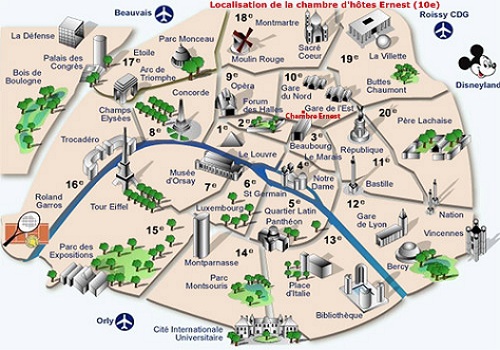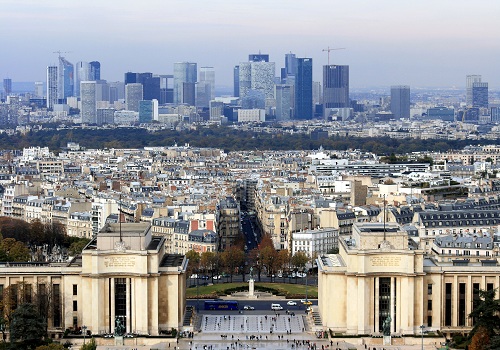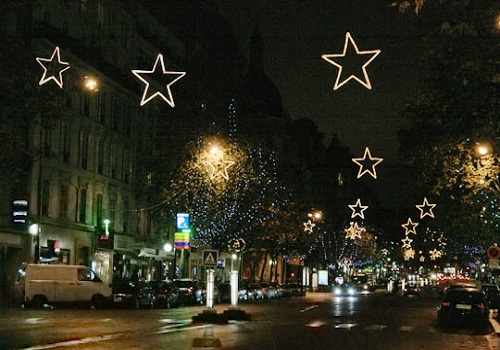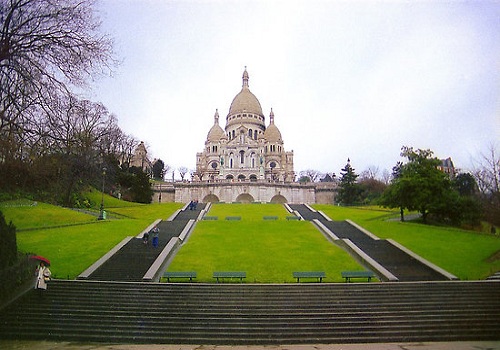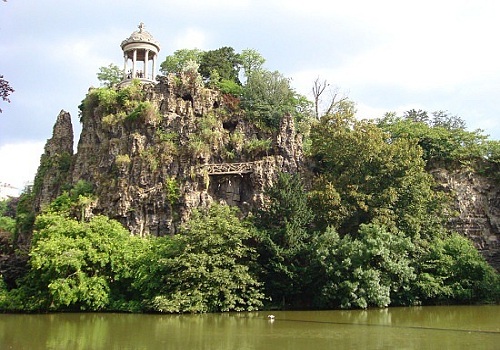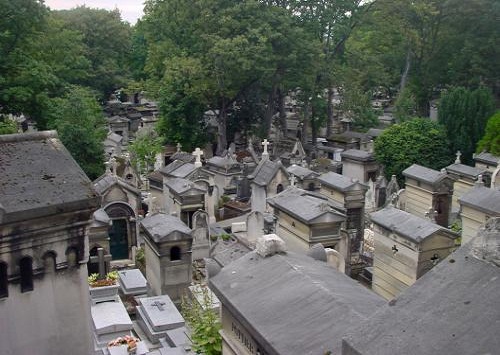Grouped in the form of a clockwise spiral with the first in the city center, Paris Arrondissements, numbered from 1 to 20, split the city into various subdivisions. In our previous posts we have introduced the first fifteen arrondissements and their attractions separately, and now, it’s high time that we speak about the 16th to 20th neighborhoods and all they have to offer.
16th Arrondissement Paris
This is one of most family-oriented arrondissements of Paris, located on the Right Bank of the River Seine. Blessed with large residential districts, like Passy, Anteuil and the famous Avenue Foch, add to this luxurious apartment blocks on tree-lined streets, the 16th arrondissement is an elegant, quiet and charming area, and a great alternative to the 7th arrondissement. The 16th arrondissement is where you should not miss out one of the most famous city views in the world, from Palais Chaillot that sits atop a large hill on the western bank of the River Seine and is known for its small museums, including Musée de l’Homme (The Museum of Man) devoted to ethnology, prehistory and anthropology, the popular Navy Museum, featuring ship models from over three centuries of naval history and others. Paris 16th arrondissement is also home to three of the city’s major sporting venues.
17th Arrondissement Paris
Sharing borders with the 18th arrondissement, in the east, the 17th district, also called the Batignolles Monceau, is more a residential area than touristic. Lying slightly off the beaten path, directly north of the Arc de Triumph, the 17th arrondissement is very diverse with its working-class area of Place de Clichy and an upper-class area of Avenue des Ternes. The district boasts of two of the greatest Paris Restaurants, including Guy Savoy and Michel Rostang. Other key attractions include Batignolles neighborhood, best-known for its luxurious hotels and excellent cafes and Parc Monceau – one of the most attractive parks in Paris that has become a top visited spot for those in search of some peace and tranquility away from the hustle and bustle of the city.
18th Arrondissement Paris
With a rich mix of ethnic and young Parisians, vibrant bars and restaurants, the famous flea markets and artistic atmosphere, 18th arrondissement is a diverse area, split between the upscale Yuppi element on one side, and the Bohemian, yet more sleazy element on the other. Home to such attractions as Montmartre – a pretty postcard from the past, the red light district of Pigalle and more, the 18th district is perhaps the most ‘happening’ of all outer neighborhoods. Worth to pay a visit are also the Moulin Rough, Montmartre Cemetery, Dali Museum and Sacre-Coeur Basilica.
19th Arrondissement Paris
Situated on the Right Bank of the River Bank and bordered by the 20th and 10th districts in the south, the 19th arrondissement Paris offers relaxed atmosphere and a wide range of attractions, including two public parks: the Parc des Buttes Chaumont ideally nestled on a hill and the Parc de la Villette, featuring a museum and exhibitions center; not mentioning the plethora of cafes and restaurants, offering inexpensive dining experiences.
20th Arrondissement Paris
With a population of around 195,000 (2009 estimate), the 20th Arrondissement Paris is the second largest out of twenty. Depressingly, the most important ‘attraction’ (if we can call it attraction) is the Père Lachaise, the largest and best-known cemetery in Paris, where some of the world’s greatest artists, politicians and other celebrities are buried (Oscar Wilde, Edith Piaf, Marria Callas and others). If you’re a night enthusiast, there are many nightclubs and cafes waiting to be experienced.
